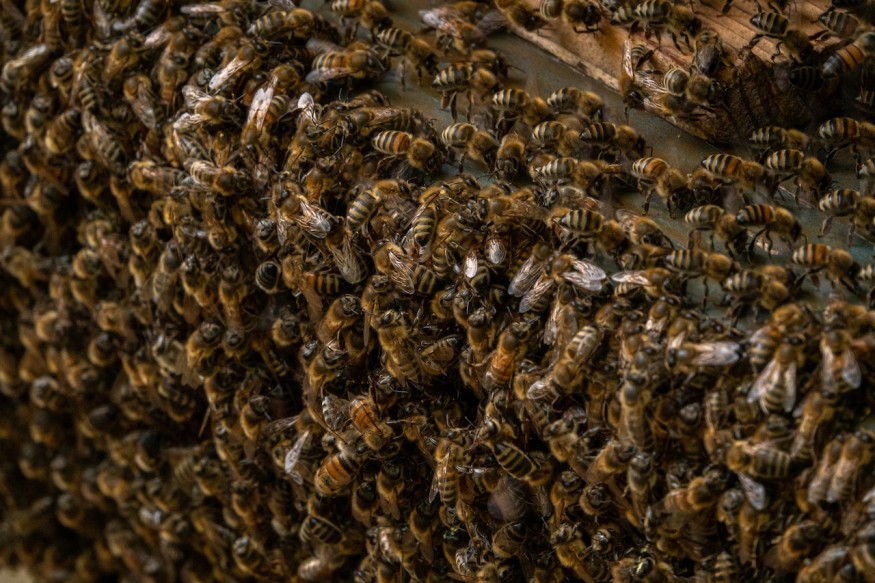
An elderly man in Arizona was attacked by a swarm of 1,000 killer bees that stung him 250 times. While such attacks are known to be dangerous and even fatal, the man was fortunate enough to survive.
Killer Bee Swarm Attack
Live Science reports that this killer bee swarm attack happened to 60-year-old John Fischer. When the attack came, he was simply out in his neighborhood in Florence with Pippin, his dog. The dog was able to run away; but Fischer, who is one-legged, was seated in a wheelchair. The attack overcame him, and then his wheelchair ended up tipping over. NDTV adds that he tried crawling over the ground.
The Arizona Family reports that Mr. Fischer was moved to a stretcher and hosed before being brought to the hospital for treatment. Before the stingers were taken out, he was given morphine. Medical providers found that Mr. Fischer sustained over 250 stings in his body. NDTV adds that stings were found in his back, legs, mouth, ears, eyes, and arms. On top of that, there were also scrapes found in his body that likely came after he crawled on the ground after his wheelchair tipped.
Live Science adds that Pippin was stung around 50 times and is slowly recovering after receiving treatment from an animal hospital.
Read also: Two New Specimens of Murder Hornets Have Turned Up: Here's What We Know so Far and What We Don't
Killer Bees
Per NBC15, the bees in the footage were not clear. However, they could be seen flying close to the camera lens.
Live Science adds that killer bees, or Africanized bees, were reportedly the culprits of the attack. A Brazilian scientist first bred these bees in attempts to mix the honey bees' vast honey yields with the African honey bees' adaptation to warmer weather conditions, the Natural History Museum reports.
As the years passed, their swarming and stinging tendencies, coupled with their aggressive behavior, earned them the name killer bees. However, contrary to what is widely believed, the venom of these bees is not more potent compared to the venom of European honey bees.
While there are cases where one bee sting may lead to death, this is rare, even for killer bees. Live Science notes that 3% of people each year who get bitten end up with anaphylaxis, which is a serious reaction that could be life-threatening. This may take place among people who are or aren't allergic to bee stings.
A recent study revealed that roughly 50 to 500 bee stings at a single time could be sufficient to kill a male adult. The USDA (US Department of Agriculture), however, had higher estimates that indicated that around 1,100 stings may kill an adult and 500 stings could kill a child. This is grounded in the understanding that a typical person may endure 10 stings for each pound of body weight. This means that Mr. Fischer's reported bee sting count is below the threshold of what is considered lethal.
However, while some people experienced similar swarm attacks and survived them, this is not the case for everyone. Back in 2016, a hiker died after a thousand stings, while in 2021, an Arizonian man died following hundreds of bee stings.
It is still unclear why hundreds of stings could lead to fatalities for some people but not for others, though several factors, such as allergies, may affect a person's response to stings.
Check out more news and information on Medicine and Health in Science Times.
© 2025 ScienceTimes.com All rights reserved. Do not reproduce without permission. The window to the world of Science Times.












